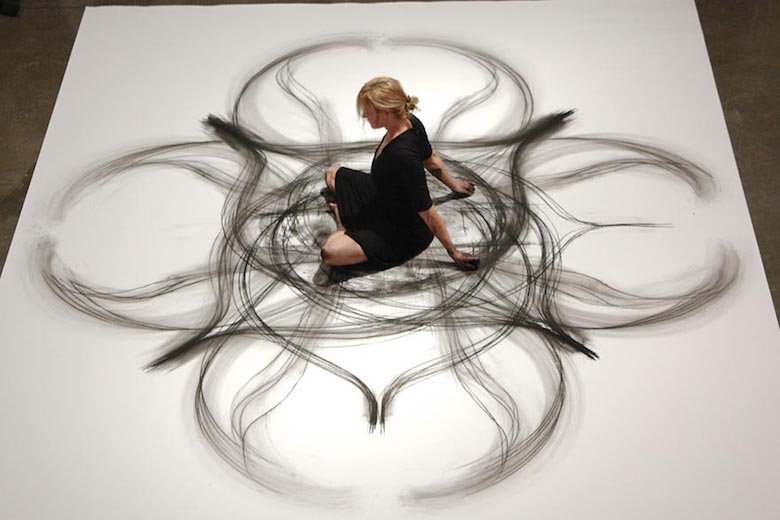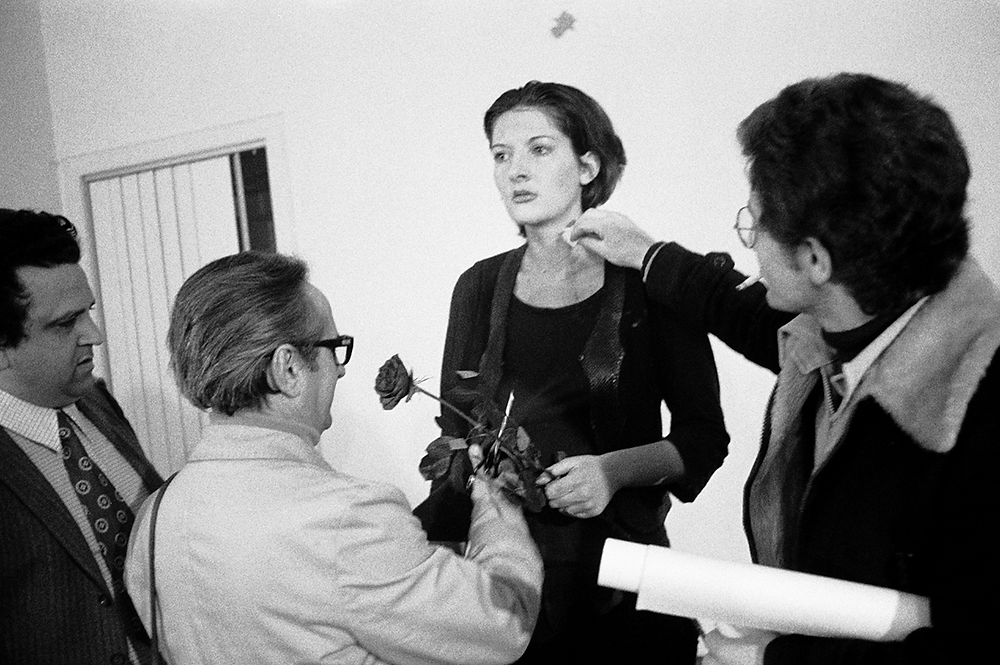In the second half of the twentieth century, the human body ceased to be just a subject or support and became the language of art itself. This movement gave rise to what we now call Body art, one of the most radical and provocative offshoots of contemporary art.
By transforming skin, gestures, and even pain into artistic instruments, Body art broke away from the tradition of static art objects. It invited the audience to rethink the limits of aesthetics, politics, and existence itself.
Body as Support and Language: The Power of Body Art
Body art emerged in the mid-1960s, during a time of political and countercultural upheaval. Artists such as Marina Abramović, Chris Burden, and ORLAN used their own bodies to express issues related to identity, gender, sexuality, and resistance.
According to the book Body Art/Performing the Subject by Amelia Jones (1998), “the corporeality of radical performance art intensifies viewer engagement and destabilizes traditional visual conventions.” The work points out how the body, in this context, ceases to be representation and becomes presence — a living visual language.
Unlike other forms of performance art, Body art often demands intense physical involvement from the artist, sometimes even painful. Chris Burden, for example, became famous for being shot in the arm during one of his performances in 1971. Marina Abramović, in Rhythm 0 (1974), allowed the audience to interact with her body using various objects, including scissors and knives — a total surrender to risk and to the presence of the other.
The Body as a Political Space
By placing the body at the center of artistic action, Body art also becomes a political arena. French artist ORLAN performed plastic surgeries live as performances, questioning beauty standards imposed on women. These practices are part of a broader debate in contemporary art, which challenges not only aesthetics but also the systems that regulate it.

As the study The Explicit Body in Performance by Rebecca Schneider (1997) points out, the body in Body art “becomes an archive of memories, marks, and social narratives.” In other words, flesh is traversed by history, culture, and politics.
This political dimension also appears in works by Latin American artists, such as the Brazilian Lenora de Barros, who combines poetic language, sound, and body in hybrid experiences. Her work Poema (1979) anticipated the use of the body as a field of tension between word, gesture, and image.
Body Art Today: Between Galleries, Networks, and Ethical Debates
Even after decades of experimentation, Body art continues to provoke debates about the limits of art and the exposure of the body. The rise of social networks and digital languages has brought new contours to this practice.
Contemporary artists keep exploring the body as an expressive medium, now dialoguing with technologies, cameras, and global audiences. The MoMA, for instance, dedicated entire exhibitions to performance and body art, such as Marina Abramović’s retrospective The Artist Is Present (2010), where the silent body created an intense emotional connection with thousands of spectators.
At the same time, new ethical questions arise: to what extent can the body be manipulated in the name of art? What is the role of the spectator in the face of real pain? These questions show that, far from exhausted, Body art remains vibrant and current.



